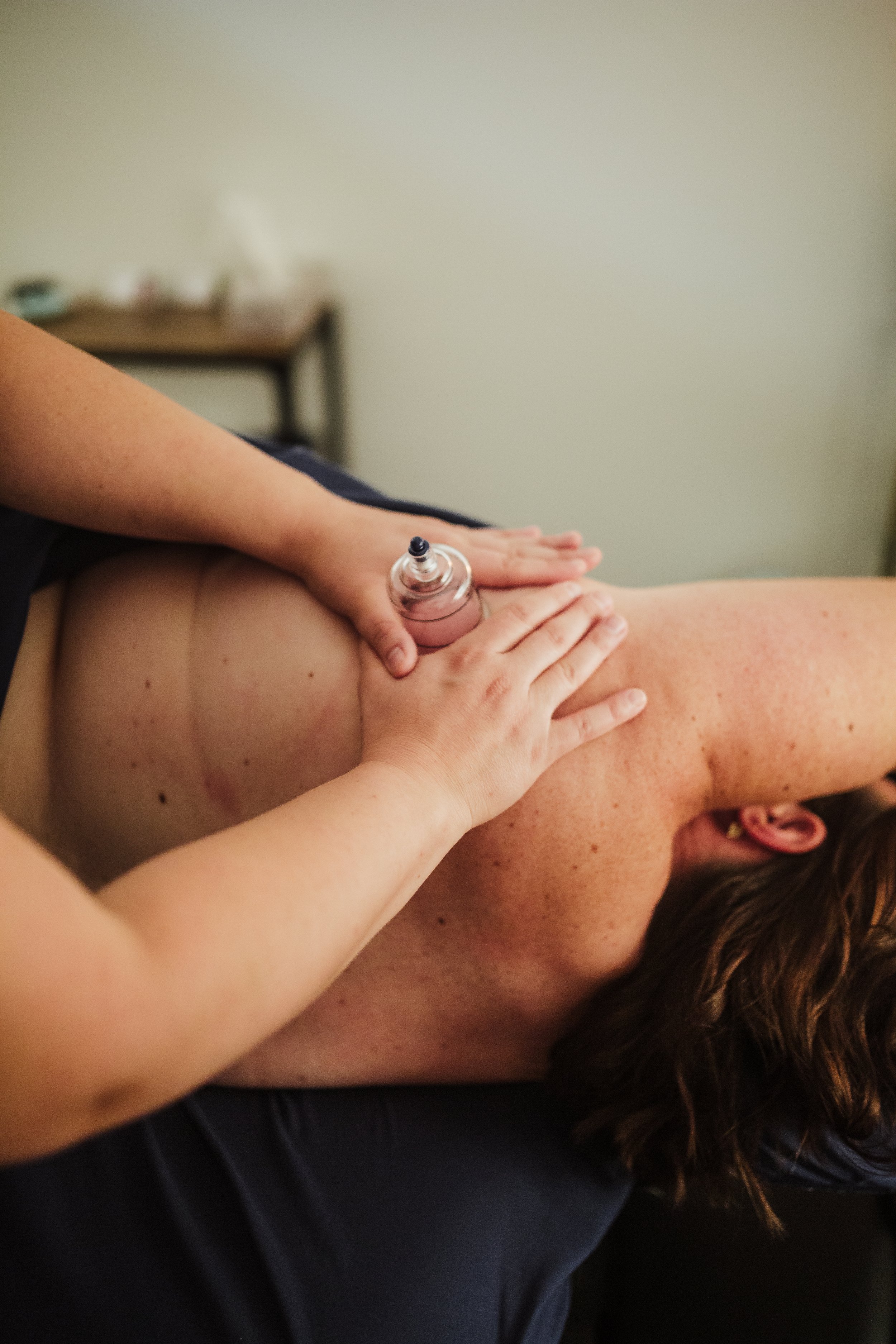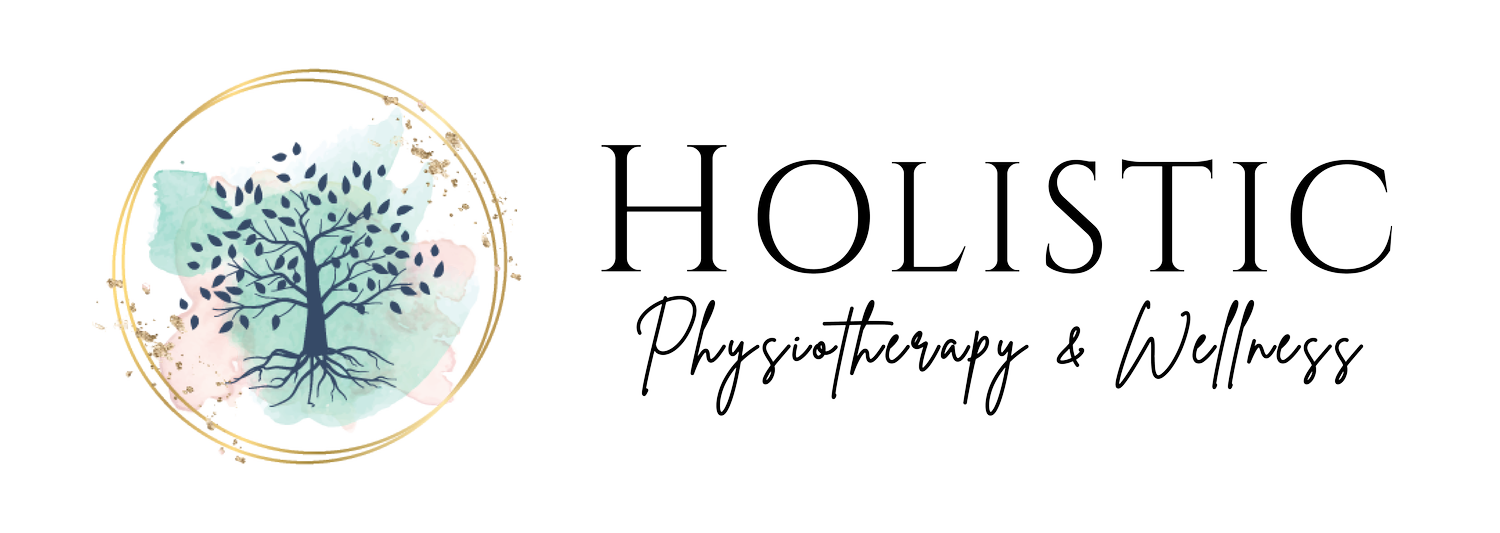Massage Therapy
Ashley Preete
Throughout the world, massage therapy is an important part of self-care and health care programs.
Massage therapy is widely recognized by patients and doctors alike as an effective means of treating soft tissue pain or disability and for its value in preventative care. Massage therapy is the manual manipulation of soft body tissues (muscles, connective tissue, tendons, and ligaments) to treat and prevent dysfunction and pain.
Massage can be used to treat a variety of conditions such as back and neck pain, headaches, arthritis, and stress. A registered massage therapist is educated in the areas of anatomy, physiology, pathology, remedial exercise, mobilizations, and massage practice and theory to treat their clients. Your massage appointment will include an assessment, treatment, and a home care plan to optimally support your health and well-being.
Massage Therapy can help with:
Neck pain.
Back pain.
Injury recovery.
Soft tissue healing.
Joint pain.
Stress management.
Inflammation control.
Relaxation.
Chronic pain.
Automobile and Work Injury rehabilitation.
-
Relaxation massage is a gentle Swedish massage that uses smooth, gliding strokes to help you relax without focusing on easing any muscle soreness or tension. The massage therapist will move slower and use lighter pressure than therapeutic massages.
-
Therapeutic or Deep tissue massage is a massage technique that is mainly used to treat musculoskeletal issues, such as strains, repetitive injuries, chronic pain, and sports injuries. It involves applying sustained pressure using slow, deep strokes to target the inner layers of your muscles and connective tissues. This helps to break up scar tissue from injuries and reduce tension in muscle and tissue
-
Myofascial Cupping Therapy is a modified version of the traditional practice of cupping, used in traditional Chinese medicine. Myofascial Cupping Massage will help break down rigid dysfunctional tissue (muscle and fascia), and assists in the release of excess tension or fluids. It also promotes blood flow and can helps improve range of motion. The process involves the therapist putting myofascial cups on your skin for a few seconds to minutes to create suction. The process uses negative pressure (suction) to lift the soft tissues of the body. Patients get cupping for many purposes, including to help with pain, inflammation, tension, blood flow, lymph flow, relaxation, and well-being. During your treatment, the myofascial cups may leave painless suction marks on your treated areas (similar to a hicky). The color and pattern of the marks depend on the level of restriction in the area and can range from a faint red to a dark purple, usually lasting 3 days to a week, sometimes a bit longer. Once our clients understand what these marks are, and feel the results, their concerns disappear, and they return for more sessions. Cups can be made of acrylic, silicone, rubber, and glass. They can be left in place or moved along the body. Each session can last between 30-90 minutes depending on the area in which requires treatment.
-
Ashley holds a registration with MTAS and is accredited with both WCB and SGI for providing massage therapy for individuals who have been approved for massage therapy under their injury claim number.






